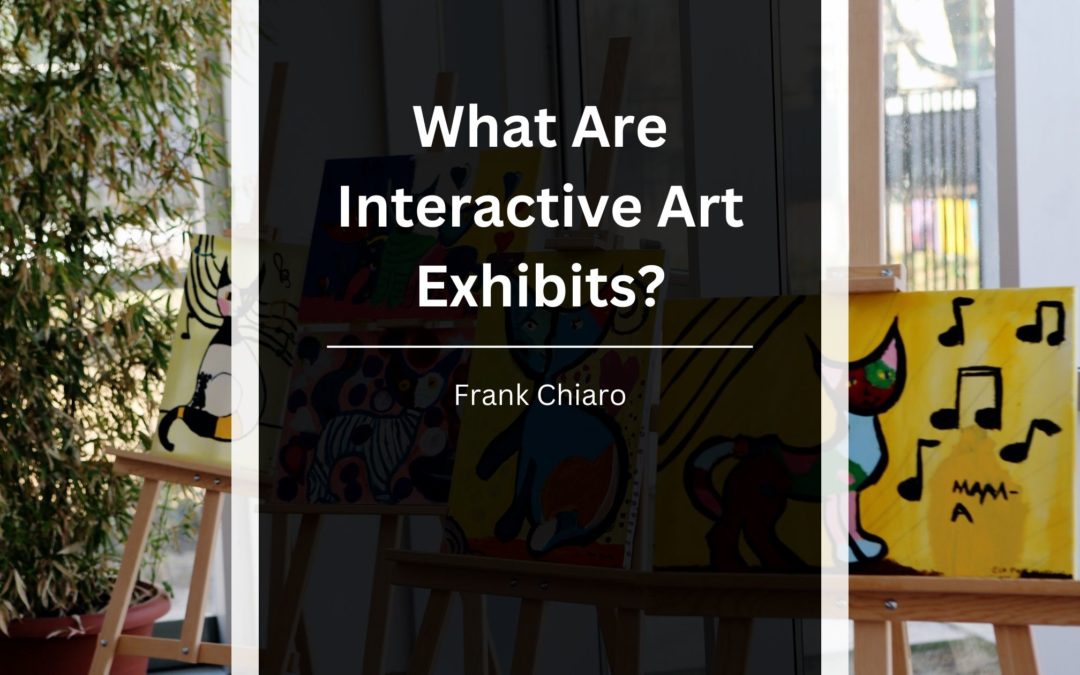Traditional art exhibits typically involve viewing static works, such as paintings or sculptures, from a distance. However, a new type of exhibit has emerged in recent years that involves more interactive and immersive experiences. These interactive art exhibits allow visitors to engage with the art actively and sometimes even become part of the art itself. In this article, we’ll look at what interactive art exhibits are and some examples of these types of exhibits you can experience.
Definition of interactive art exhibits
Interactive art exhibits are exhibitions that involve more than just looking at artwork. These exhibits often involve interaction between the visitor and the art, whether through touch, movement, or other means. Interactive art exhibits can take many forms, from immersive installations transporting visitors to another world to interactive performances involving audience participation.
Examples of interactive art exhibits
Many examples of interactive art exhibits range from small-scale installations to large-scale events. Here are a few examples of the types of interactive art exhibits you might encounter:
Immersive installations: These exhibits typically involve walking through a space transformed into an immersive environment. This could be a room filled with light and sound installations, a virtual reality experience, or something else entirely.
Interactive performances: These exhibits involve some level of audience participation, whether it’s through movement, sound, or other means. Examples of interactive performances include dance performances, music concerts, and theater shows.
Interactive exhibits: These exhibits involve some level of interaction between the visitor and the art itself. This could be as simple as touching a sculpture or pressing a button to trigger a response.
The benefits of interactive art exhibits
Interactive art exhibits have several benefits for both the artist and the visitor. For artists, interactive exhibits can be a way to experiment with new forms of expression and engage with audiences more meaningfully. For visitors, interactive exhibits can be a more engaging and immersive way to experience art, as they allow you to participate in the creative process actively.
Finding interactive art exhibits
Interactive art exhibits can be found at museums, galleries, festivals, and other events worldwide. Many cities have organizations that promote interactive art exhibits. You can often find information about these events on their websites or through local arts organizations. You can also search online for interactive art exhibits in your area or travel to a city known for its interactive art scene.
Conclusion:
Interactive art exhibits are a dynamic and immersive way to experience art. There are many different forms of interactive art to discover, from immersive installations to interactive performances. If you’re looking for a more engaging and interactive way to experience art, consider checking out one of the many available interactive art exhibits.
